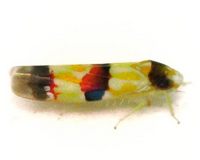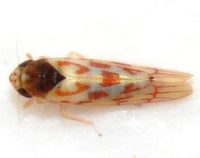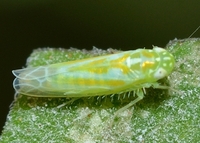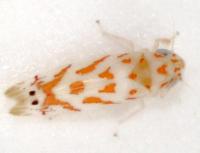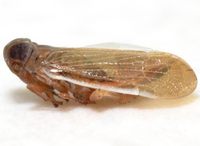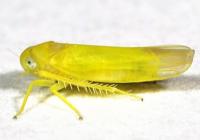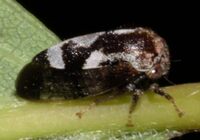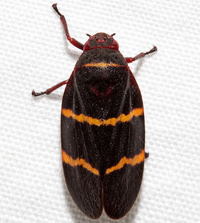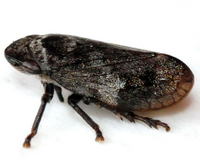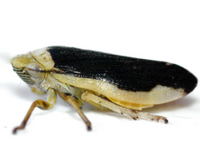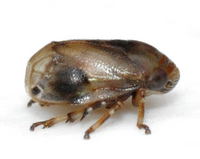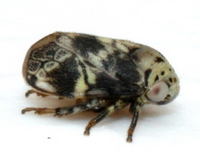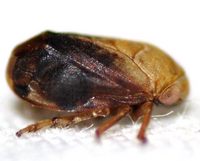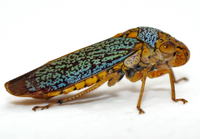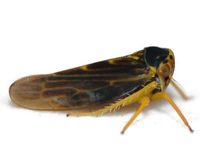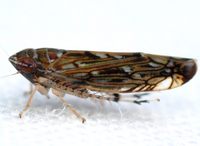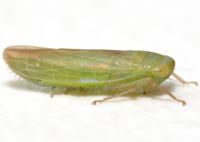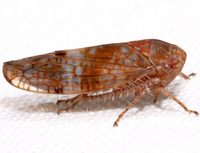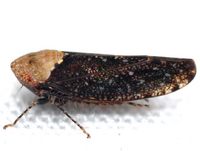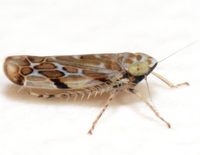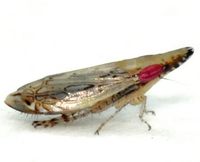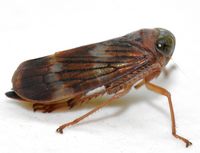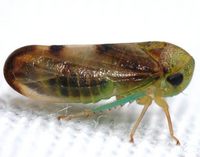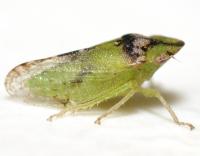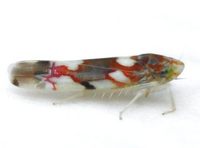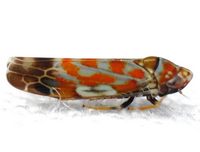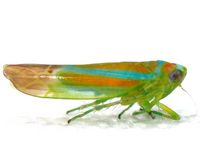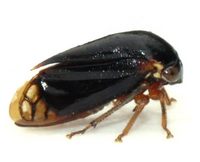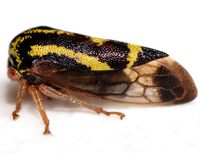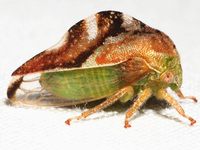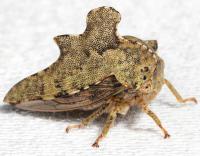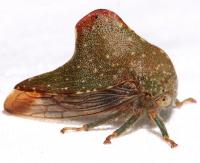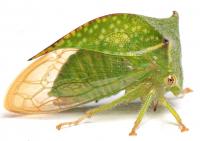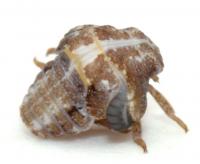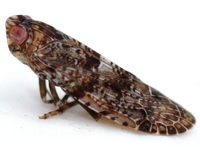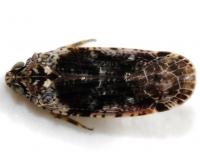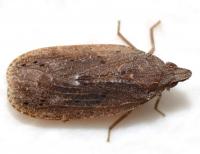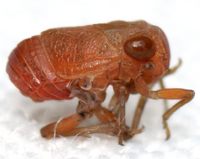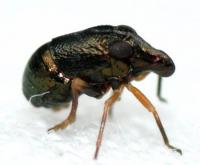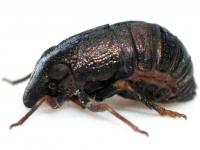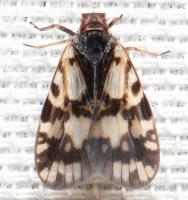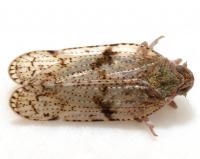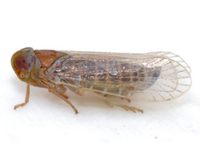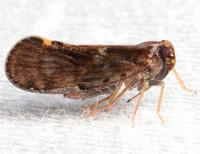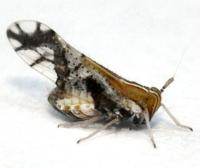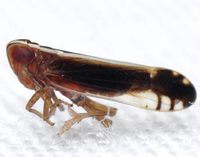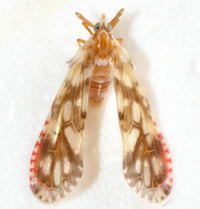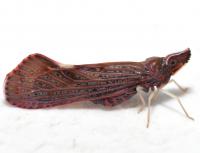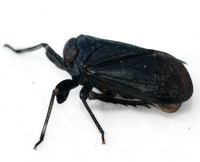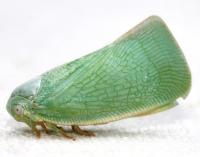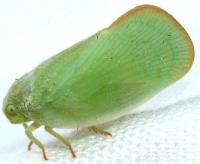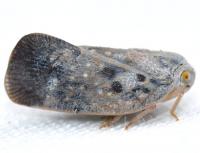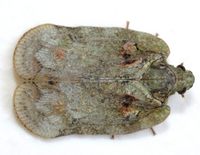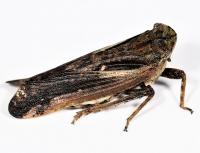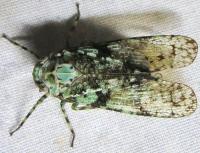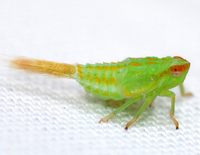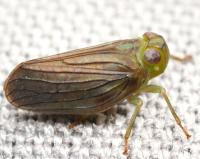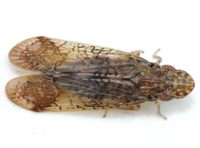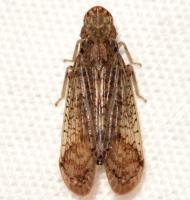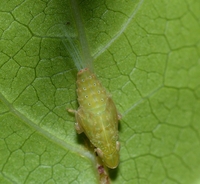|
Citizen Science
You don’t need to be a professional scientist to appreciate hoppers-- hoppers can be enjoyed for their beauty and diversity alone. While some species of hopper in the state may range in size from 2 mm to close to an inch, the color, pattern, and shape of some of these species are fascinating; something so small can be so majestic. Today, professional biologists who specialize on hemipteran hoppers are few and far between. As a result, much of what we can learn about hoppers can actually come from a new generation of dedicated naturalists, now often called citizen scientists. These dedicated members of the public greatly outnumber the number of hopper specialists and therefore are able to help increase coverage, and therefore knowledge, of species in areas where specialists are not present.
We hope that this website – along with several others devoted to hoppers and other insects (see the list included in the Identification Guide) – will support the growing interest in this fascinating group of species. Our project, however, does have a serious intent: using information about hoppers obtained through this website to help increase knowledge of the abundance and diversity of hoppers in North Carolina.
Only a few basic pieces of equipment are needed: a sweep net or beat sheet during the day or light source at night to attract or catch hoppers to record them; a camera capable of taking close-up photographs, usually coupled with a flash unit for use in dim light; and a computer, used for photo editing, hopper identification, and record sharing via the Web. Once you have a photo of a hopper stored in your computer, you are ready to enter your first record, joining us in this important endeavor! For more information on approaches and techniques to finding and photographing hoppers, please see the "About Hoppers & Photography" tab at the top of the page.
Submitting a Record
To send us a record, click on Enter Record on the menu located on the left side of the website. Only records of reliably identified species serve the interests of this project to document the distribution, natural history, and abundance of the hoppers of North Carolina. To make the record most useful for these purposes, we ask that certain information be filled in, as indicated in red text (required) on the form.
Species Name
The submitter needs to take the initial step in trying to identify the species the record represents. This helps the submitter learn more about the identification process (and its problems). It also helps us process the records more quickly. For help in establishing this preliminary identification, click on the Family Photo Gallery page located on the menu on the left, and then view and compare species in their respective families or subfamilies. Although this initial identification does not have to be completely accurate – we will vet the photograph or other evidence as part of the acceptance process – the more precise it is, the faster we can process the submission. Conversely, records that require more time and effort on the part of our reviewers are likely to be delayed in acceptance.
Identity of the Observer
The name of the person and an email address must be included where the submitter can be reached; we do not accept any records from anonymous or otherwise unverifiable sources. Only the observer’s name will show up in the species accounts, not the email address, which will be used only to notify the submitter concerning the status of their record (see Vetting Process below); it will not be shared with anyone outside of the website group without permission from the submitter.
Number of Individuals
Determining the abundance of a species is one of the main goals of this website, and this is determined through the number of individuals submitted with each record for a particular species. The number of individuals present can help determine if a species is common or rare and help pain a picture of the distribution of a species in the state by region (i.e. coastal plain, piedmont, mountains, etc.). However, if the exact number of individuals of a species present is not known, particularly if there are too many individuals to count, then an "x" can be used in the number field.
Record Type
For the purposes of a citizen scientist, there will only be two main record types to choose from: photo or sight. In most cases, a photo is necessary to accept the record for a species. Many hoppers can be a challenge to identify, confounded by similarly patterned or colored species or taxonomic difficulties. This information can be found on the respective account for each species. Therefore, a photo is needed to ensure that a record for a species truly represents that species. Multiple photos can be uploaded for a record: choose one photo and then, after submitting the record, you will be asked if you want to upload more than one photo to this record.
Plant Associate
If a species is recorded on a plant, either through visual detection or beat sheeting, please note the plant. In some cases, especially for nymphs of particular species that are host-specific, knowledge of the host plant can determine the species. In other cases, providing a plant associate can add to or increase knowledge of plants that a hopper species can be found on.
Time of Day
This is not a required field but can provide important or interesting information about the behavior of a species, as well as providing information on detection techniques (sweeping, light sheets, etc.). While a majority of hopper species can be attracted with a light at night, there are some species that have yet to be recorded at a light. Therefore, knowing detecting techniques and what time of day detected can help reveal how best to find some species.
Comments
The Comments section is optional but can be used to record information about habitat, interesting behavioral or ecological aspects, size or sex, or other information of interest for a record.
Completion of the Form
Clicking the Submit button will enter the completed record.
Vetting Process
Once a record has been submitted, the proposed identification is reviewed by our hopper team to confirm its accuracy. This vetting is based partly on the long experience of our group members with hopper identification but also on the availability of reliable keys and other diagnostic information in the scientific literature and online. If a species identification is correct, then it will be added to the production. Records that have been vetted will be added to the Species Accounts in the website and listed under Recent Entries but no other notification will be sent to the submitter. If a record is incorrectly identified but CAN be identified, then the hopper team will make this change and let the submitter know. If the record is incorrectly identified but CANNOT be identified, or the author needs more time to think about a record, the submission will be kept on the site but not added to production. Where the record is not accepted or where additional information is required, a message may be sent to the submitter via email. For any record where processing is delayed for more than two weeks, a message will be automatically sent out expressing our regrets about the time it has taken; however, that does not necessarily mean that we are giving up on the record, only that it may take more time (sometimes indefinite) to process. If you have questions about a record you have submitted, please feel free to contact the author.
|
